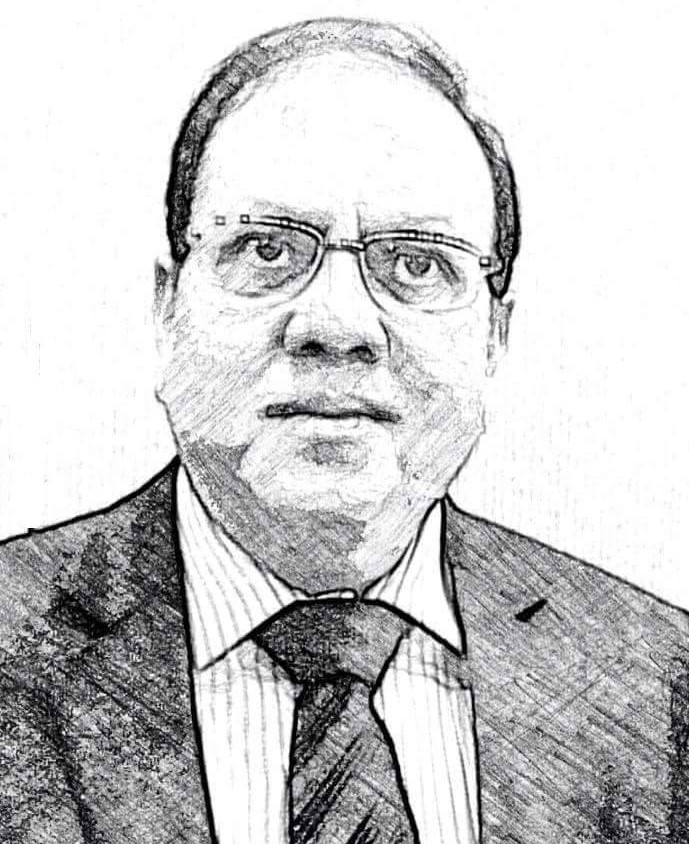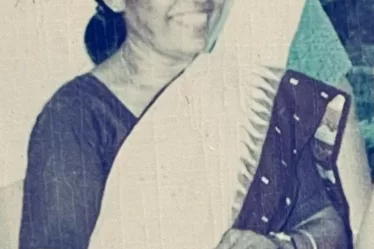The first time I met Anil was in the winter of 1973. In August 1973, I got into Government Medical College, Nagpur and used to commute from my room to the college on a second-hand bicycle. In November, as I returned from the Anatomy Dissection hall, I found that my cycle was missing from the cycle stand. My heart sank. Beads of sweat began to wet my forehead. For, the cycle was my prized possession—too precious to be stolen. Anil was passing by and he saw me, crestfallen. I was a shy, timid, introverted boy then and used to get tongue-tied in social interactions. I came from a Marathi medium vernacular school and could hardly get a sentence in English right. Anil came from a privileged class—son of a Professor, schooled in an English medium school and had an aura of aristocracy woven around him. And yet, his face radiated warmth and empathy. He quickly grasped the problem, put his hand around my neck and sweet-talked me to Ajni police station, where he sat patiently as I was filing an FIR with the police.
The cycle never came back, but I was touched by the support and emotional warmth that came very unexpectedly. His balmy words calmed me—soothing my frayed nerves and comforting my anxious mind.

Years rolled by. In the winter of 1994, I got my father-in-law admitted to the Hinduja hospital, Mumbai for a bypass surgery. I bumped into him in one of the convoluted corridors of Hinduja and he instantly recognized me. The same evening he took me for dinner in a nearby restaurant and walked with me down memory lane. Very touching!
And two years back, when I had called him to wish him a happy birthday, he spoke at length about his illness, the way his prostate had taken him for a ride and how the metastases emerging from the cancerous prostate were “merrily wandering” in his body. Not for a minute did he indulge in self-pity. Instead, he made fun of metastatic cancer and cracked several jokes with me. I had discovered Anand’s hero, fighting his cancer vibrant and lively, in flesh and spirit.
Rest in peace, Anil. The GMC Nagpur class of 1973 shall always recall your warmth, love, and exuberance. You taught us that there is more in human life than meets the eye.
And here goes Anil’s profile that I had written on the occasion of the class reunion a few years ago:
The son of a distinguished Pathologist, Dr. KD Sharma, Anil was born at Raipur. He spent his school days at Aurangabad where he enjoyed the privilege of being taught at St Francis De Sales School (Class 1 to 11). In 1972, he chose the Institute of Science, Nagpur for his pre-medical education. A year later, he entered the portals of Government Medical College, Nagpur.
Dr. KD Sharma (his name appeared in Love and Bailey’s textbook of surgery) was head of the Department, Pathology at GMC Nagpur. In the winter of 1974, he was transferred to Grant Medical College, Mumbai and Anil accompanied him. He subsequently obtained MD (Medicine) and DM (Cardiology). Anil went to Harvard Medical School in 1984 and did a three-year-long fellowship in Cardiology. He returned to India in 1987 and joined PD Hinduja Hospital and Research Centre as a full-time cardiologist.
In 1996, Anil left Hinduja for Lilavati Hospital, Mumbai and led the Department of Cardiology at the Lilavati Hospital between 2003 and 2009. He also served on the management board of Lilavati between 2003 and 2006 and in addition to his private practice at Bandra, has also been serving in Lilavati Hospital, Mumbai as a senior interventional cardiologist.
Although Anil stayed in Nagpur for only two-and-half years (a year at Institute of Science and a year-and-half at GMC), he didn’t forget his old friends, many of whom were regularly in touch with him. He enjoyed a deep friendship with Shashikant Khaire from Nagpur.
A highly skilled cardiologist, Anil had earned a huge reputation in Mumbai for the ease with which he opens clogged coronaries. He did only interventions and had performed more than 20,000 angiographies and 8,000 angioplasties until recently. He had lived all his professional life in Mumbai and had seen how cardiology practice has evolved in the city. He began his career when myocardial infarction was viewed as a “bolt from the blue” and was treated with masterly inactivity. Anil was lucky to have received training from stalwarts who considered a heart attack as a dynamic process that plays out over hours and thus could be altered by treatment. By redirecting cardiology from passive, risk-averse observation to active intervention, Anil, and his colleagues helped transform the practice and the culture of cardiology in Mumbai.
Anil fought a long battle with metastatic prostate cancer with terrific fortitude, courage, and smile—qualities that had shaped his personal and professional life. Never indulging in self-pity, Anil made fun of cancer that hurt him and enjoyed his life to the hilt. He left this world on 17 August 2018. He is survived by his wife, Shruti, a physician; and son, Gaurav an Engineer.
